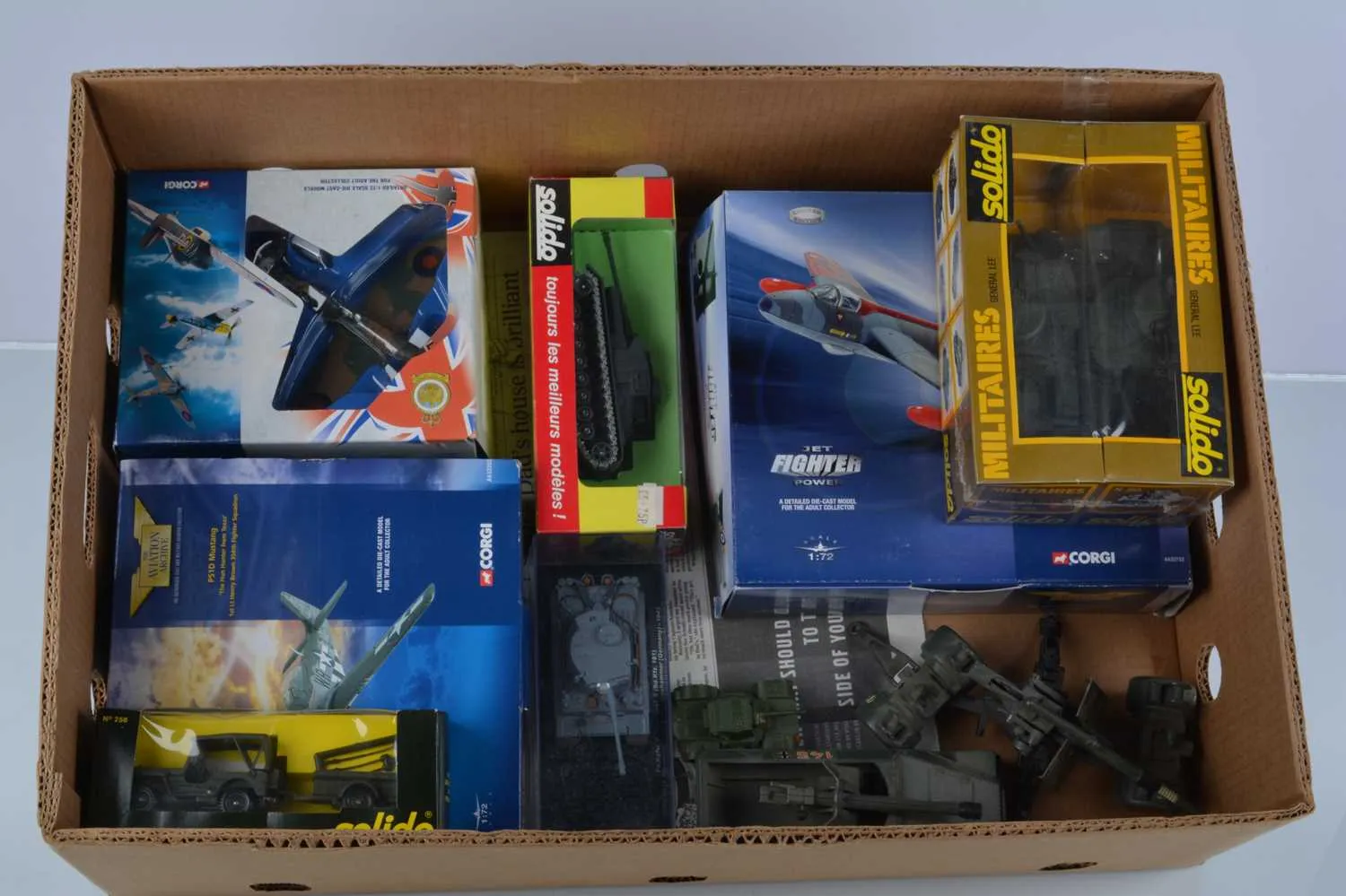What are Military Diecast Models
Military diecast models are meticulously crafted miniature replicas of military vehicles, aircraft, and equipment. These models are highly sought after by collectors and enthusiasts for their accuracy, detail, and historical significance. They offer a tangible connection to military history, allowing individuals to appreciate the engineering and design of iconic machines. The appeal of these models lies in their ability to capture the essence of real-world vehicles in a scaled-down format, making them perfect for display, education, and the simple joy of collecting. Diecast models are typically made using a process where molten metal is injected into a mold, providing durability and allowing for intricate designs.
Key Features of Military Diecast Models
Scale and Accuracy
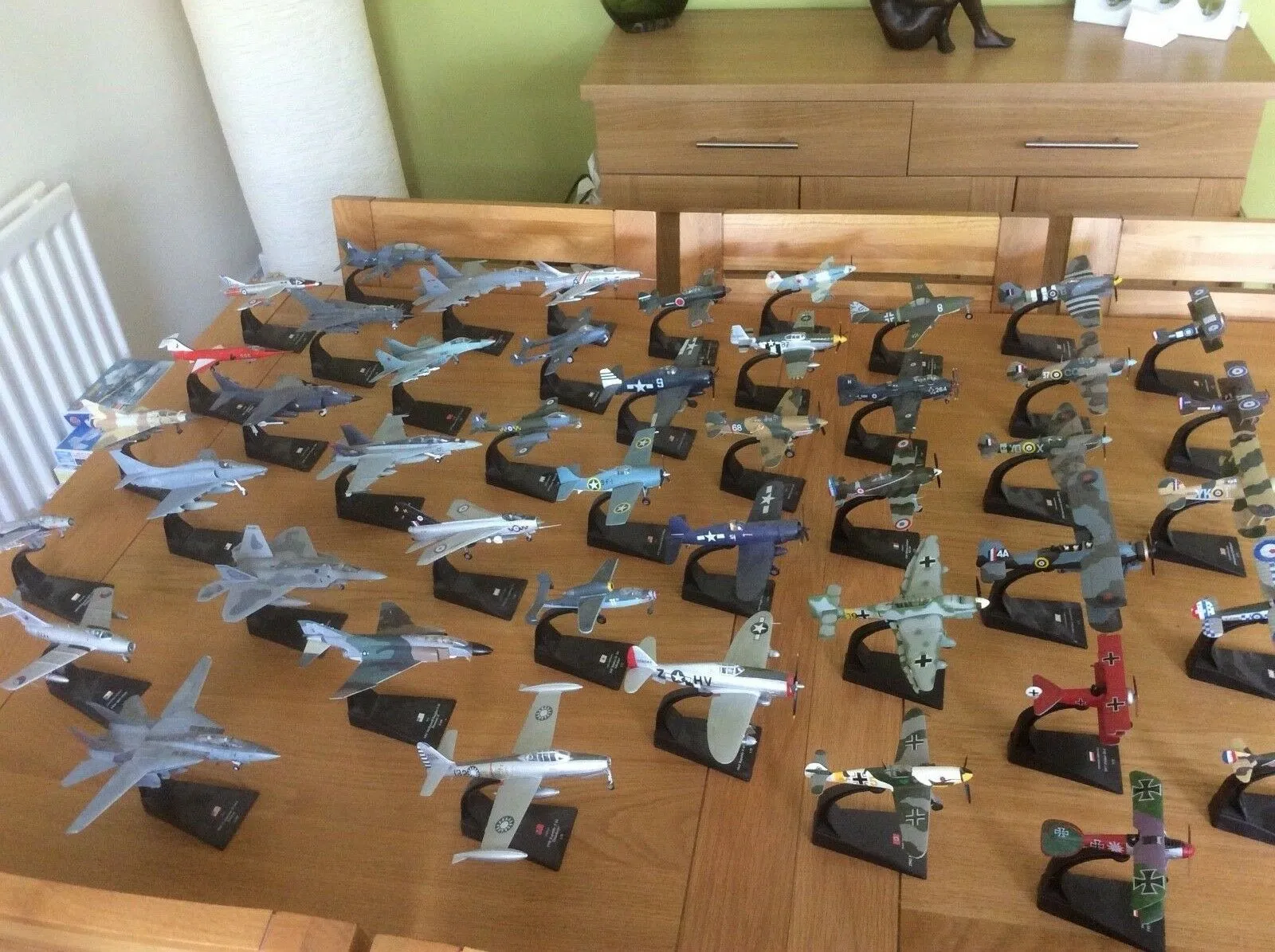
The scale of a diecast military model is a crucial factor, dictating its size relative to the original vehicle. Common scales include 1:72, 1:48, and 1:35, each offering a different balance between detail and size. Accuracy in scaling ensures that the model’s proportions and dimensions accurately represent the real-world counterpart. Collectors often prioritize models with high accuracy, as it reflects the manufacturer’s commitment to historical correctness and realism. Careful attention to scale is essential for creating a cohesive collection where different models can be displayed together and compared.
Materials Used
Diecast models are primarily made from metal alloys, typically zinc or a combination of zinc, aluminum, and magnesium. These materials provide the model with weight and durability. Other materials, such as plastic, are often used for smaller parts like antennas, machine guns, or wheels. The combination of metal and plastic allows for a high level of detail while maintaining structural integrity. High-quality models will often feature rubber tires and realistic weathering effects to enhance their visual appeal. The choice of materials significantly impacts the model’s overall feel and aesthetic.
Detailed Design
Detailed design is what truly separates a great model from a good one. This includes features like finely molded panel lines, rivets, and hatches. Furthermore, accurate paint schemes and markings are essential for capturing the authenticity of the original vehicle. Many models incorporate moving parts, such as turrets, gun barrels, or opening doors, adding to their interactive appeal. The level of detail extends to the interior, with some models featuring detailed cockpits, crew compartments, and engine components. The meticulous attention to design is a key factor for collectors.
Top 7 Military Diecast Models
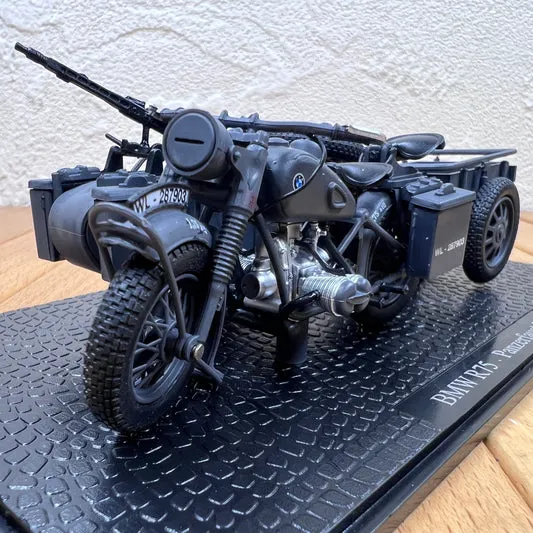
M1 Abrams Tank
History and Specifications
The M1 Abrams is a third-generation American main battle tank, renowned for its firepower, protection, and mobility. It entered service in the early 1980s and has been a mainstay of the U.S. Army. Key specifications include its 120mm smoothbore gun, powerful gas turbine engine, and advanced armor. The Abrams has seen extensive combat in various conflicts, proving its effectiveness on the battlefield. Its design reflects the advancements in tank technology, making it a formidable armored vehicle.
Features and Detailing
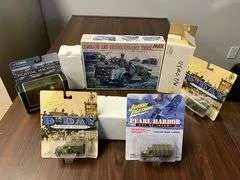
Diecast models of the M1 Abrams typically feature a rotating turret, elevating gun, and detailed tracks. The paint scheme often replicates the camouflage patterns used by the U.S. Army. Collectors appreciate the models’ accurate portrayal of the tank’s shape, including the distinctive sloped armor and prominent gun. High-quality models include finely crafted details such as machine guns, smoke grenade launchers, and crew hatches, adding to their realism.
B-17 Flying Fortress
Historical Significance
The Boeing B-17 Flying Fortress is an iconic heavy bomber of World War II. It played a critical role in the strategic bombing campaigns against Germany. The B-17 was known for its ability to withstand significant damage and return its crew home. Its historical significance is undeniable, representing the courage and sacrifice of the aircrews who flew these missions. The B-17’s design and operational history are a testament to the strategic importance of air power in the war.
Construction and Detailing
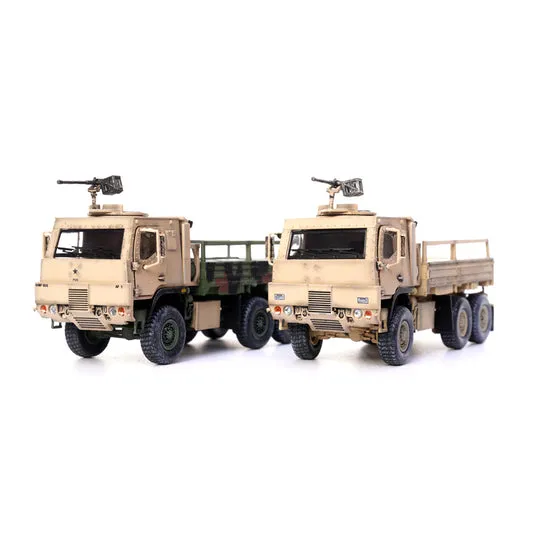
Diecast models of the B-17 showcase the aircraft’s distinctive features, including its large wingspan, multiple gun turrets, and detailed engines. The level of detail extends to the intricate panel lines, rivets, and the markings of the USAAF. Many models feature opening bomb bay doors and a detailed interior, allowing collectors to appreciate the complexity of the aircraft’s design. The paint schemes often replicate the various camouflage patterns used during the war, adding to the model’s realism.
F-14 Tomcat
Operational Use and History
The Grumman F-14 Tomcat is a supersonic, twinjet, two-seat fighter aircraft. It was designed to intercept and destroy enemy aircraft. The F-14 served with the U.S. Navy for over three decades. It’s well-known for its variable-sweep wings and powerful radar systems. The Tomcat played a vital role in protecting aircraft carriers and providing air superiority during various conflicts. It also gained recognition for its appearance in the movie Top Gun.
Design and Features
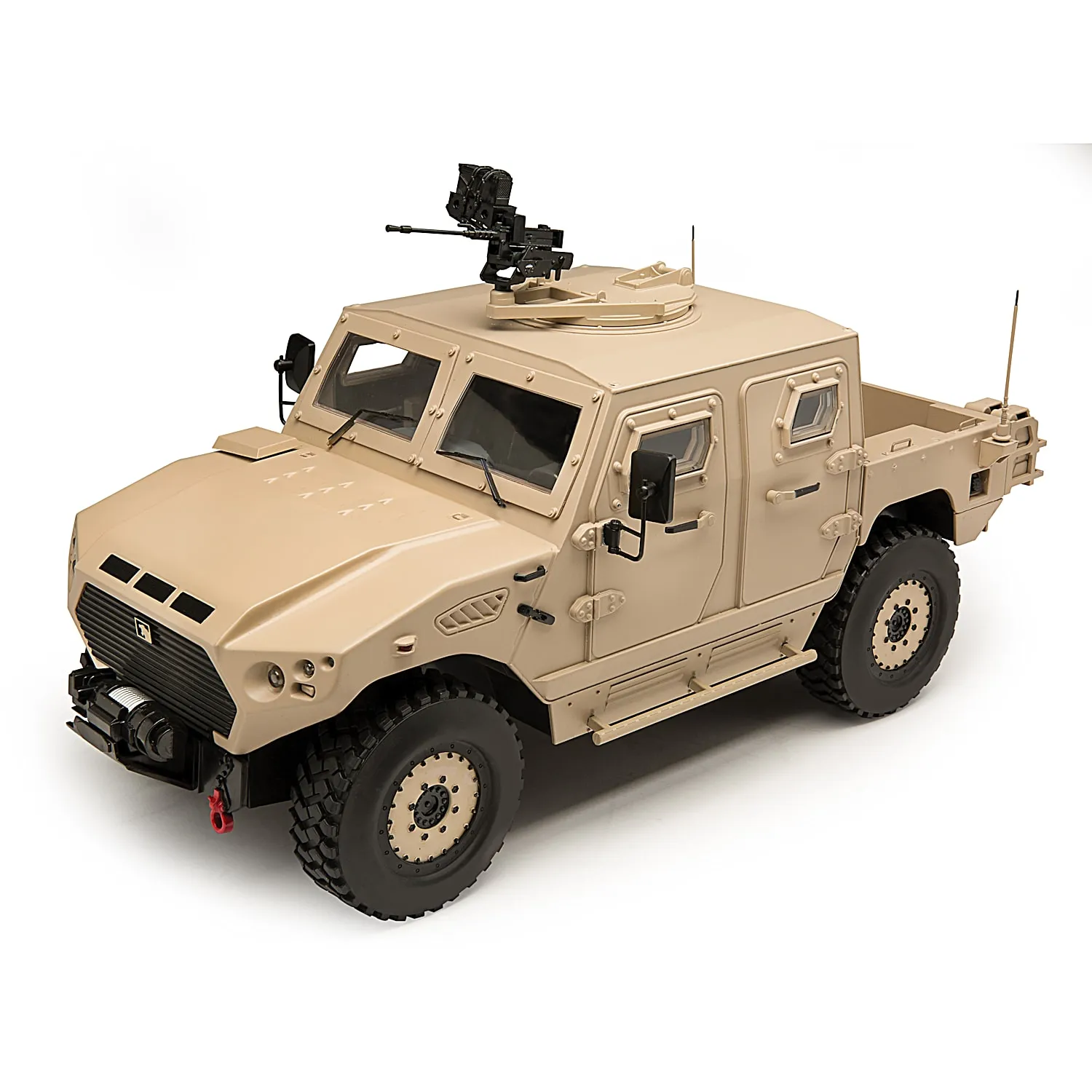
Diecast F-14 models capture the aircraft’s iconic silhouette, with the variable-sweep wings being a key feature. These models often include detailed cockpits, landing gear, and weapon loadouts. The paint schemes frequently replicate the markings of different squadrons. Collectors appreciate the accuracy of the models and the attention to the aircraft’s design. High-quality models often feature moving parts, adding to their appeal and playability.
M3 Stuart Tank
Historical Background
The M3 Stuart was an American light tank of World War II, known for its speed and reliability. It was used extensively by the United States and its allies. Although lightly armored, the Stuart provided valuable reconnaissance and support roles. The tank’s compact size and agile maneuverability made it effective in various terrains. Its design reflected the need for a fast, mobile tank capable of supporting infantry units.
Key Features
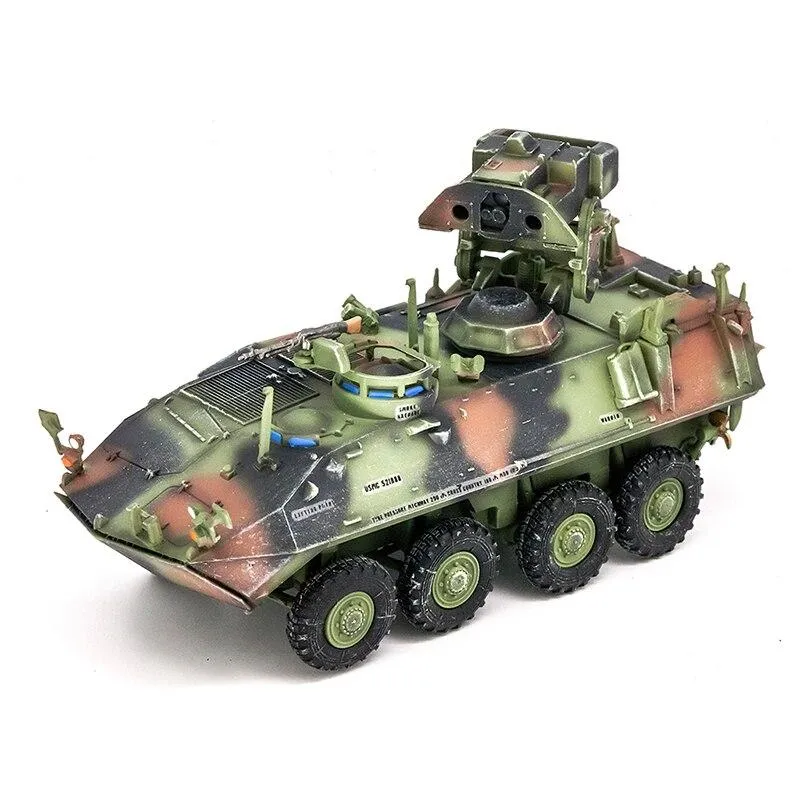
Diecast M3 Stuart models feature the tank’s distinctive rounded turret, riveted armor, and detailed tracks. Paint schemes often represent the olive drab color used during WWII. Collectors value the models for their historical accuracy and attention to detail. High-quality models often include finely crafted details such as machine guns, headlights, and crew hatches, enhancing their overall realism. The models offer a tangible connection to the past.
Spitfire
Historical Significance
The Supermarine Spitfire is a British single-seat fighter aircraft used by the Royal Air Force and other Allied countries during and after World War II. It’s one of the most iconic aircraft in history. The Spitfire played a crucial role in the Battle of Britain, helping to defend the United Kingdom. Its elegant design and superior performance made it a symbol of resilience and innovation. Its contribution to the Allied victory is undeniable.
Design Features
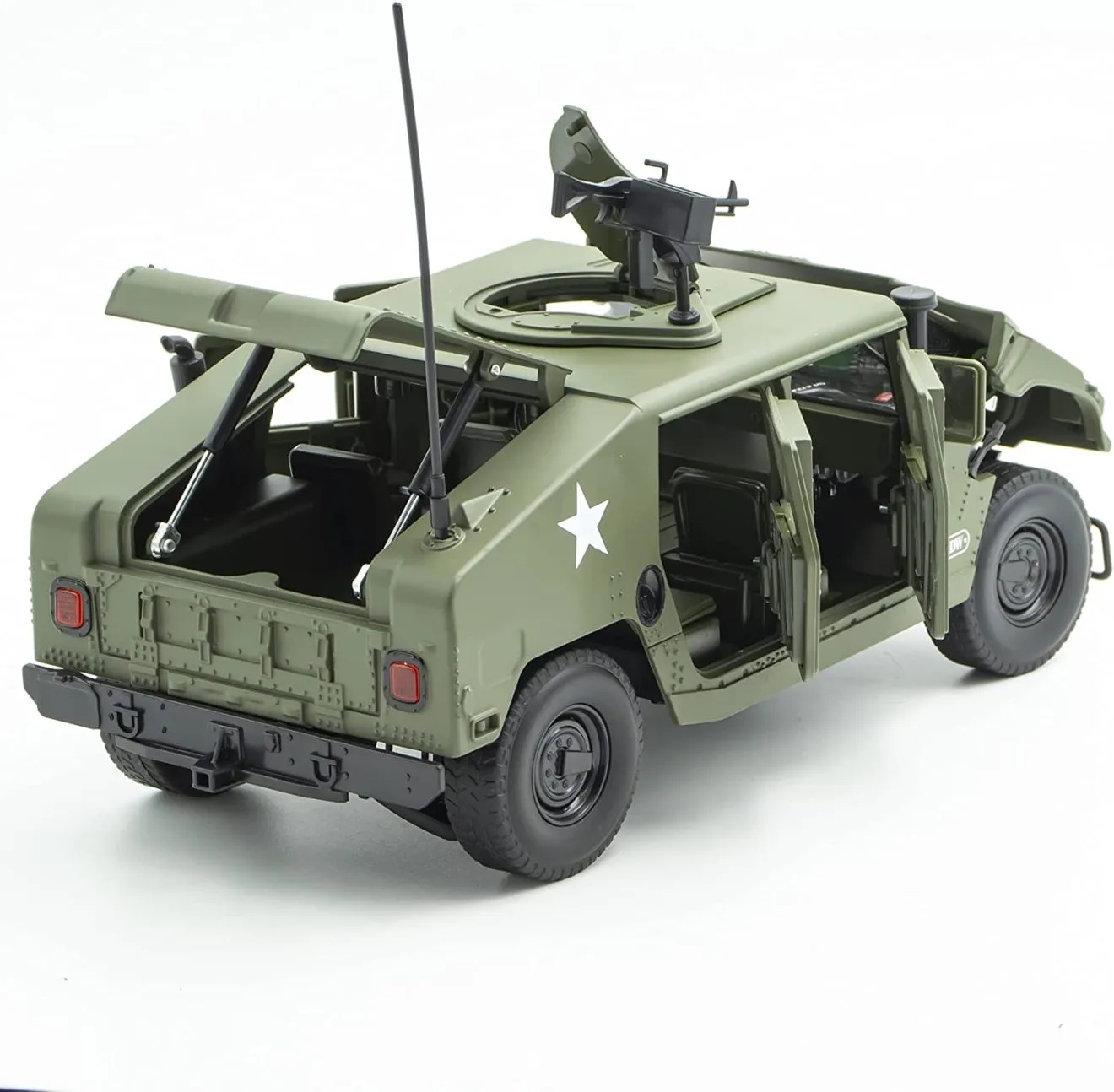
Diecast Spitfire models capture the aircraft’s graceful lines, elliptical wings, and distinctive propeller. These models often include detailed cockpits, landing gear, and accurate paint schemes. Collectors appreciate the attention to detail and the historical accuracy of the models. High-quality models often feature moving parts. This aircraft represents the pinnacle of British aviation design.
WWII Jeep
Historical Background
The WWII Jeep, officially known as the Willys MB, was a light, four-wheel-drive military utility vehicle produced during World War II. It became an iconic symbol of the war, used for various purposes, from reconnaissance to transporting personnel. The Jeep’s rugged design and versatility made it indispensable. Its impact on military operations and its lasting legacy make it a favorite among collectors.
Key features
Diecast models of the WWII Jeep typically feature a detailed engine, canvas top, and realistic accessories. The paint schemes often represent the olive drab color used during the war. Collectors appreciate the models’ authentic details, including the spare tire, jerry cans, and other equipment. High-quality models are crafted with precision, making them a desirable addition to any military model collection. These models allow a tangible connection to history.
Messerschmitt Bf 109
Historical Context
The Messerschmitt Bf 109 was a German World War II fighter aircraft. It served as the backbone of the Luftwaffe’s fighter force throughout the war. The Bf 109 was a formidable opponent, known for its speed, maneuverability, and heavy armament. Its design and combat performance reflect the advancements in German aviation technology. The Bf 109’s history is intertwined with many pivotal moments in the war.
Design Elements
Diecast Bf 109 models showcase the aircraft’s streamlined fuselage, distinctive wings, and detailed engine. Paint schemes often represent the camouflage patterns used by the Luftwaffe. Collectors appreciate the accuracy of the models and the attention to detail, including the cockpit, propeller, and landing gear. The models provide an opportunity to appreciate the design and engineering of this iconic fighter plane.
Sherman Tank
Historical significance
The M4 Sherman was the main battle tank used by the United States and its allies during World War II. It was produced in large numbers and served on all fronts. The Sherman’s design was a compromise between firepower, armor, and mobility. It played a crucial role in the Allied victory. Its widespread use and enduring legacy make it a popular subject among collectors.
Key Features
Diecast M4 Sherman models typically feature the tank’s iconic silhouette, detailed turret, and accurate tracks. The paint schemes often represent the olive drab color used during WWII. Collectors value the models for their historical accuracy and detailed features, such as the gun, machine guns, and hatches. These models provide a tangible connection to the historical significance of the Sherman tank.
Collecting and Displaying Military Diecast Models
Display Options
There are numerous ways to display military diecast models, ranging from simple shelves to elaborate dioramas. Many collectors use display cases to protect their models from dust and damage. Others create themed displays, grouping models by era, country, or type. Dioramas provide a more immersive experience, recreating historical scenes with figures, terrain, and other accessories. Lighting can be used to enhance the display, highlighting the models’ details.
Storage and Preservation
Proper storage is essential for preserving the condition of your military diecast models. Models should be kept in a cool, dry place away from direct sunlight to prevent fading and damage. Display cases with UV protection are ideal for protecting the models from light. Dusting regularly helps to prevent the buildup of grime. Consider using acid-free tissue paper or foam to protect fragile parts during storage or transport.
Collecting Tips
Start by researching different models and scales to determine your interests. Build a collection based on a specific theme or era. Attend model shows and join online communities to learn from other collectors. Set a budget to manage your spending. Inspect models carefully before purchasing, paying attention to the detail, accuracy, and condition. Research the value of the models, and don’t be afraid to bargain. Enjoy the journey of collecting and sharing your passion.
Finding the Best Military Models
Finding the best military diecast models involves careful consideration of several factors. Prioritize models from reputable manufacturers known for their accuracy, detail, and quality. Research the model’s historical significance and its relevance to your collecting interests. Compare prices from different vendors and check online reviews. Examine the model’s condition, including the paint finish, details, and any moving parts. Consider the scale that best suits your display preferences. Ultimately, the best military models are those that bring you the most joy and satisfaction as a collector.
